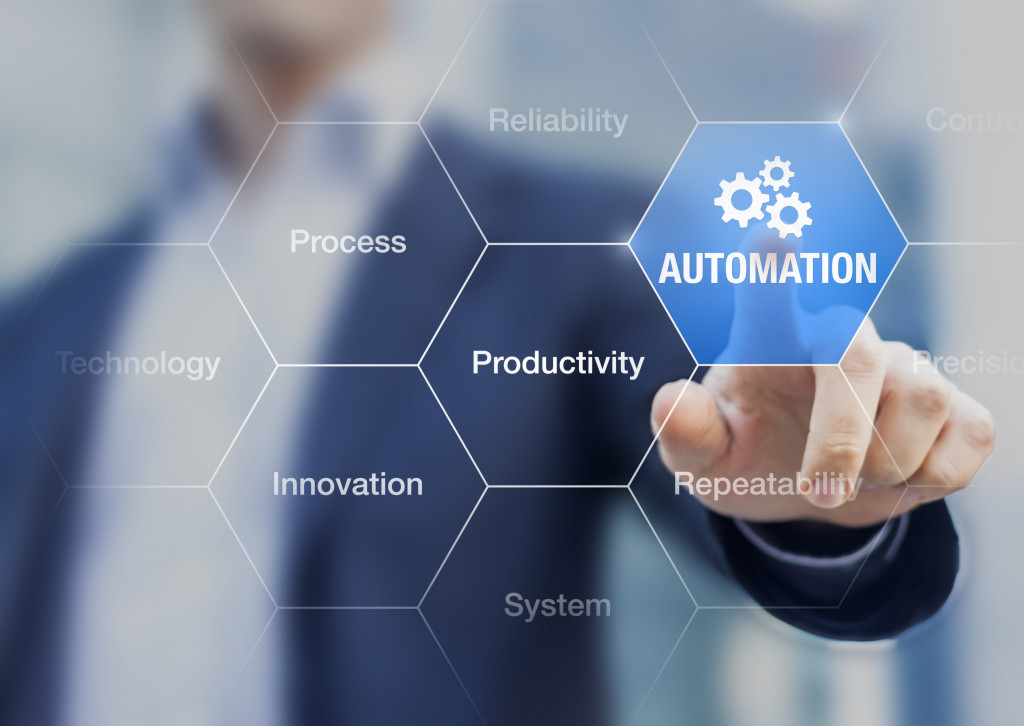Recruitment has changed dramatically over the years. From stricter discrimination laws to better hiring technology, the way with which companies recruit people is a lot different from how it was ten, twenty years ago. In fact, these changes have also influenced how people look for jobs, and ultimately, what type of companies they tend to pursue.
That said, companies should strive to adapt to modern recruitment if they want to attract the best talent, streamline the hiring process, and comply with employment laws all at the same time. To do that, here are the recruitment mistakes that every company should stop doing in 2021:
Not leveraging technology
Recruitment technology has come far and wide in the past fifteen years. From only allowing companies to post job listings and nothing much else, recruitment technology today has the power to manage almost every step in the hiring process all on one platform. And with how accessible this type of tech has become, there is simply no excuse to still operate without at least a web-based recruitment software.
Recruitment management software in its simplest form can streamline every step of the hiring process, allowing for better tracking of applicants, social media recruitment, scheduling interviews, and referral management, among many other aspects. If you are still not leveraging this type of tech for your company, then you are definitely missing out on all of the efficiencies it can offer.
Still using the same job platforms
Posting job listings on the same old job platforms will tend to attract the same type of candidates over and over again. This type of tactic may work for some, but once you notice that you can’t seem to find the right type of people for your company, it’s high time to make a change.
A great strategy is to post on new platforms on top of the old ones (or drop the old platforms that are no longer working well for you) to help broaden your candidate pool. However, this doesn’t mean posting on every possible platform—which is an inefficient tactic in and of itself—but instead only choosing new platforms that have the right pool you’re looking for.
Failing to automate

Business automation is such a big thing nowadays because it increases efficiency, saves money, and helps keep employees focused on more important tasks. These advantages apply to recruitment, especially because the hiring process tends to be inherently tedious—as critical as it is for the success of the company.
With that in mind, failing to automate the recruitment process is one of the biggest mistakes a company can make. Screening resumes, scheduling interviews, evaluating assessments, and a lot of traditionally manual processes can be done automatically with the right automation technology. In 2021, there is no reason for you to still do these tasks manually, which would only consume more time, energy, and money than necessary.
Not responding to candidates
While recruitment software and automation technology make the entire hiring process efficient, it is important to remember that it still needs human intervention—and this is especially true for candidate engagement.
A whopping 77% of job applicants say that they receive no response from a potential employer after submitting an application. In essence, this is inconsiderate and results in missed opportunities for both sides. Job applicants say that a generic response is better than no response at all, and yet, many companies do not communicate with applicants unless they are in a qualified position for the job.
A good workaround for this problem is by setting up an auto-correspondence system for your hiring systems or platforms. At the very least, let applicants know that you have received their application. But for better engagement, inform them right away if they are not qualified for the position or if you are reviewing their application further. Doing this helps improve the applicant’s experience and may result in them applying later on when they are more qualified—or perhaps referring another person to the company.
Relying on gut feelings
Let’s face it: most hiring decisions are based on the recruiter’s gut feeling. However, not only is this an outdated practice, but it is also a potentially harmful one.
Luckily, AI is available to help hiring managers make decisions based on pure data, which can help offset bias and ensure that the candidate is truly a right fit. Moreover, this also helps streamline the hiring process, cutting down the time it takes for a hiring manager to make the right decision.
Recruitment is not rocket science, but there are a lot of variables, bottlenecks, and potential pitfalls that come into play. By avoiding these mistakes, you can not only make the hiring process simpler, but you can also ensure that every new hire is the right one.


